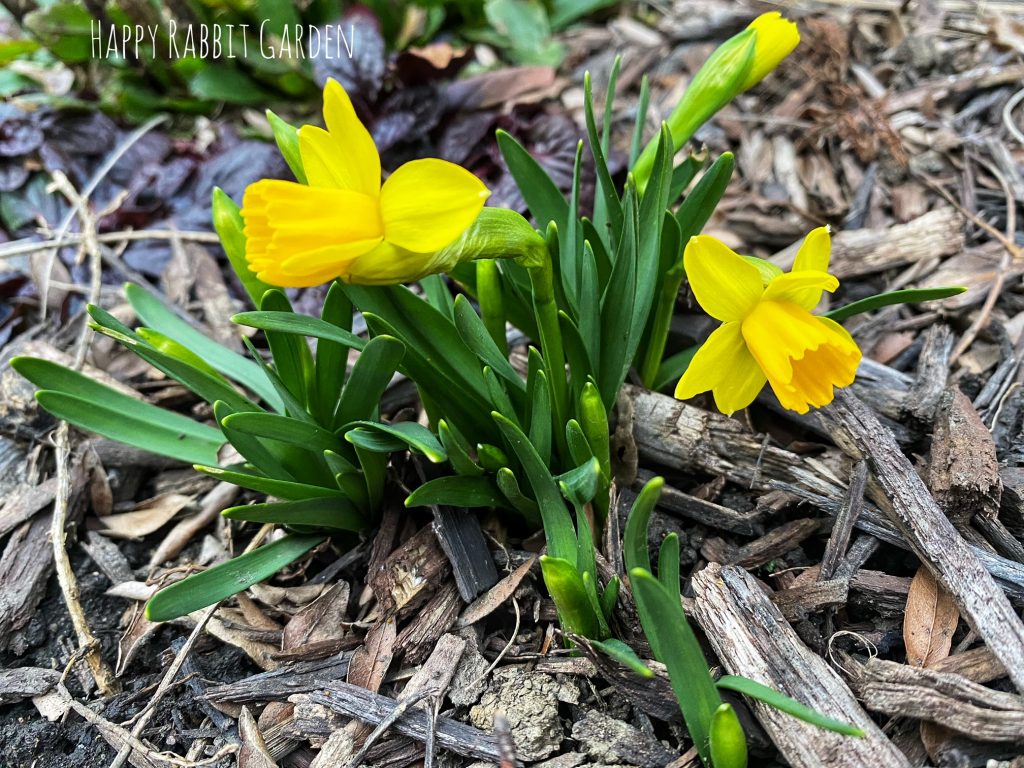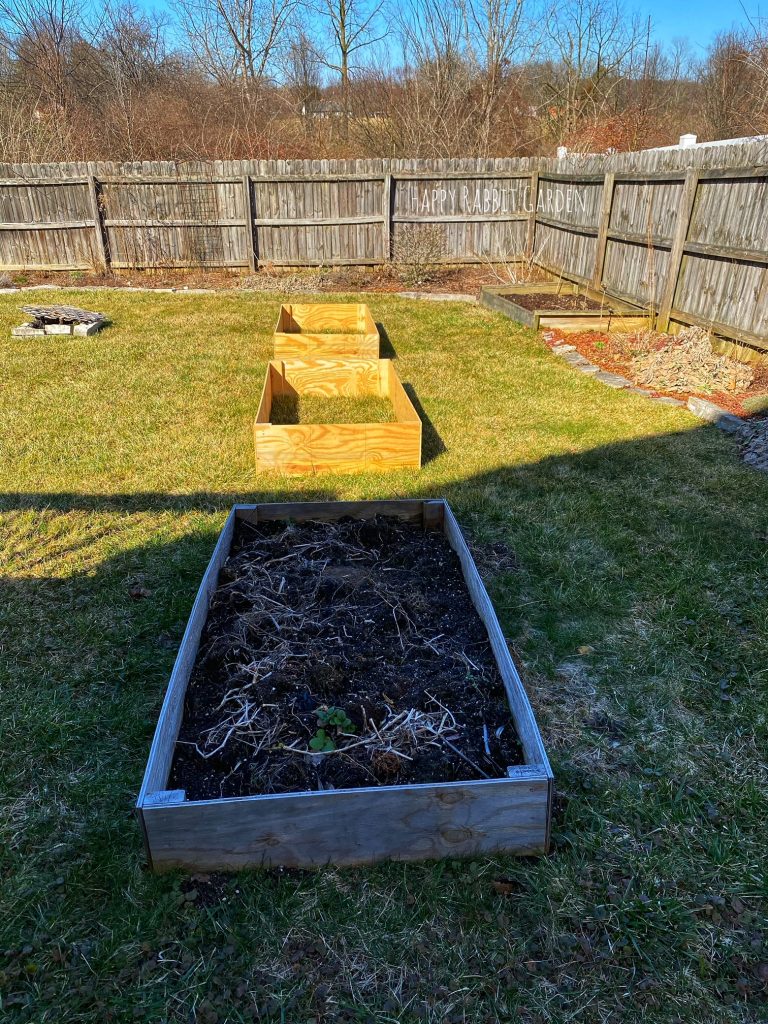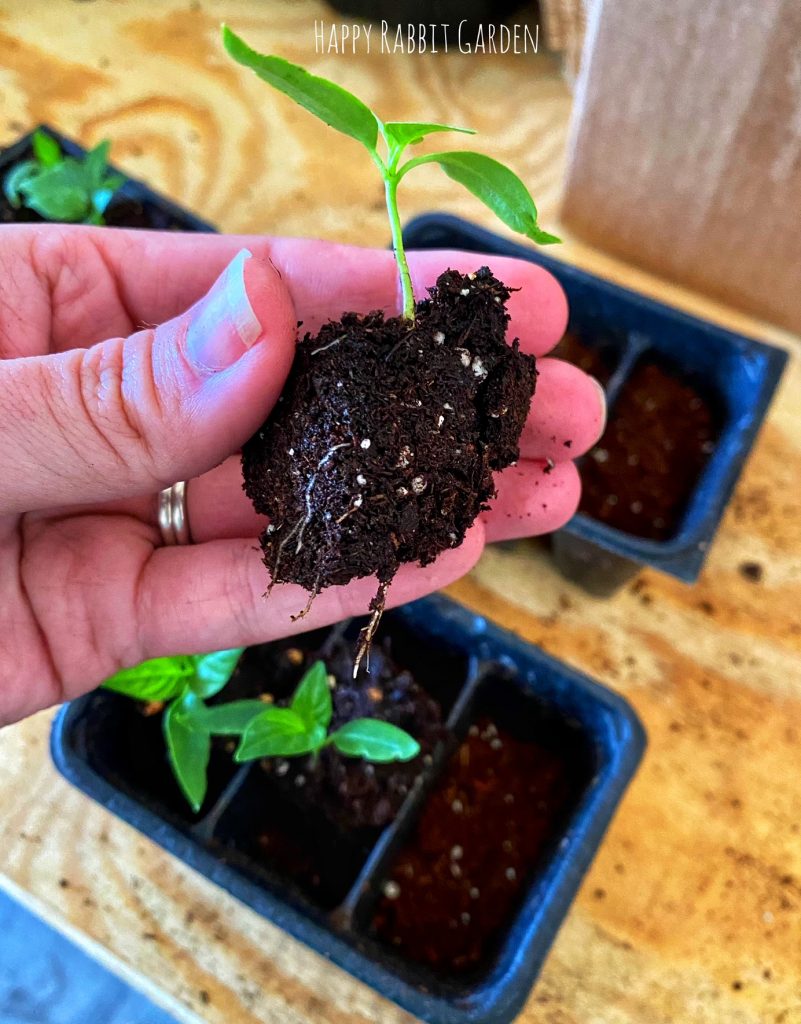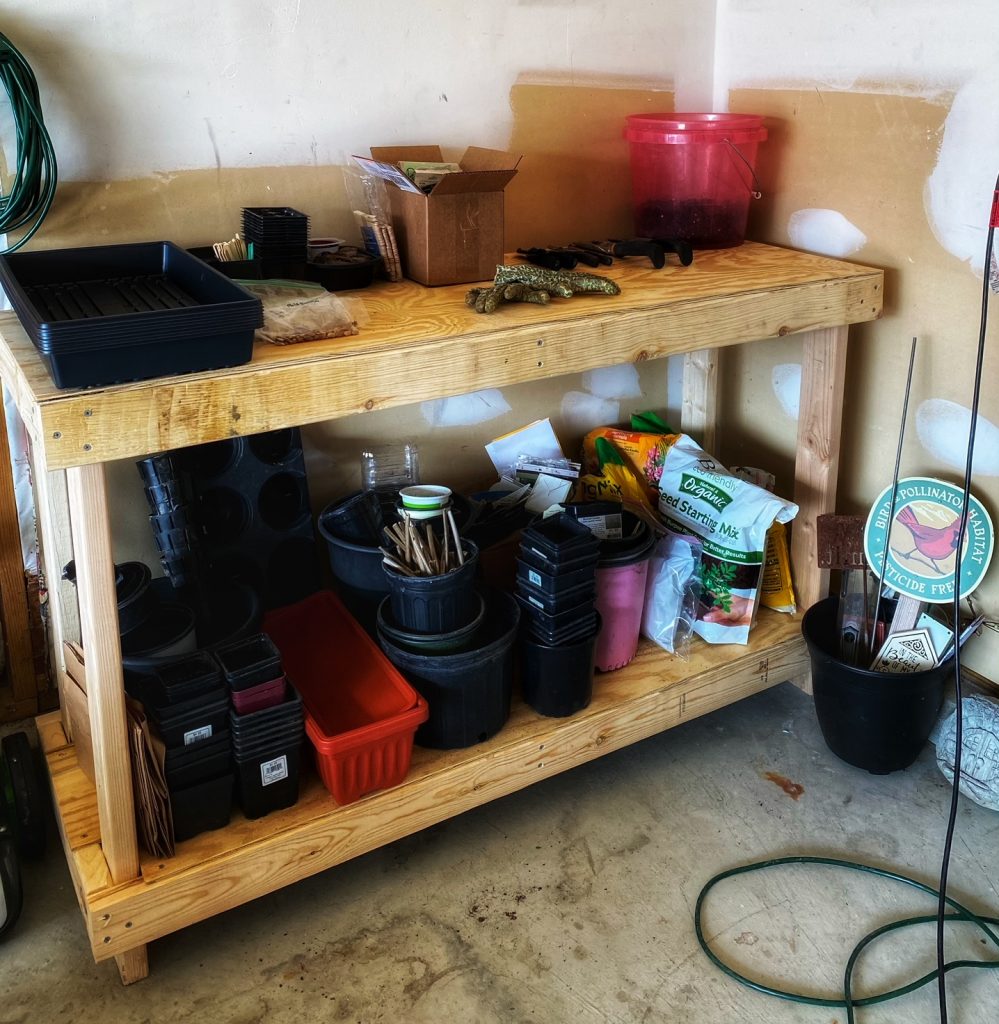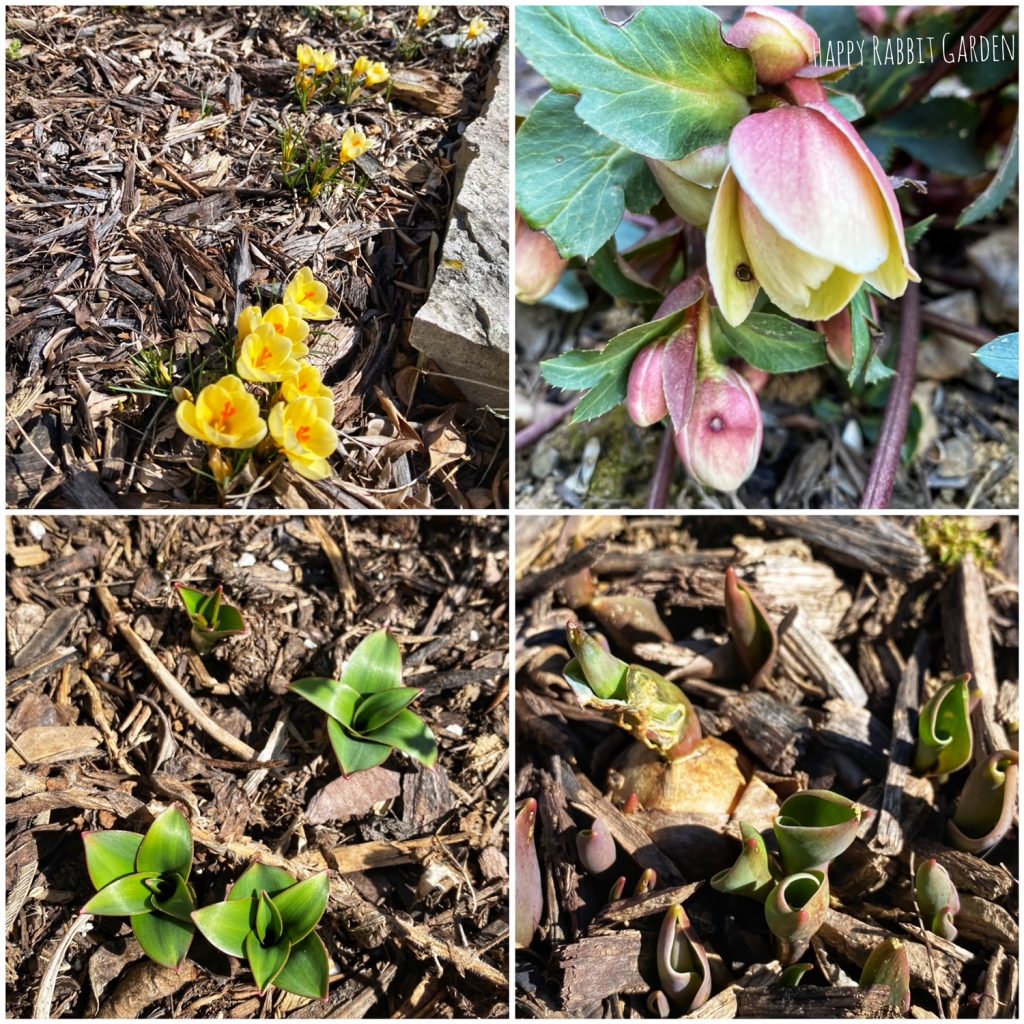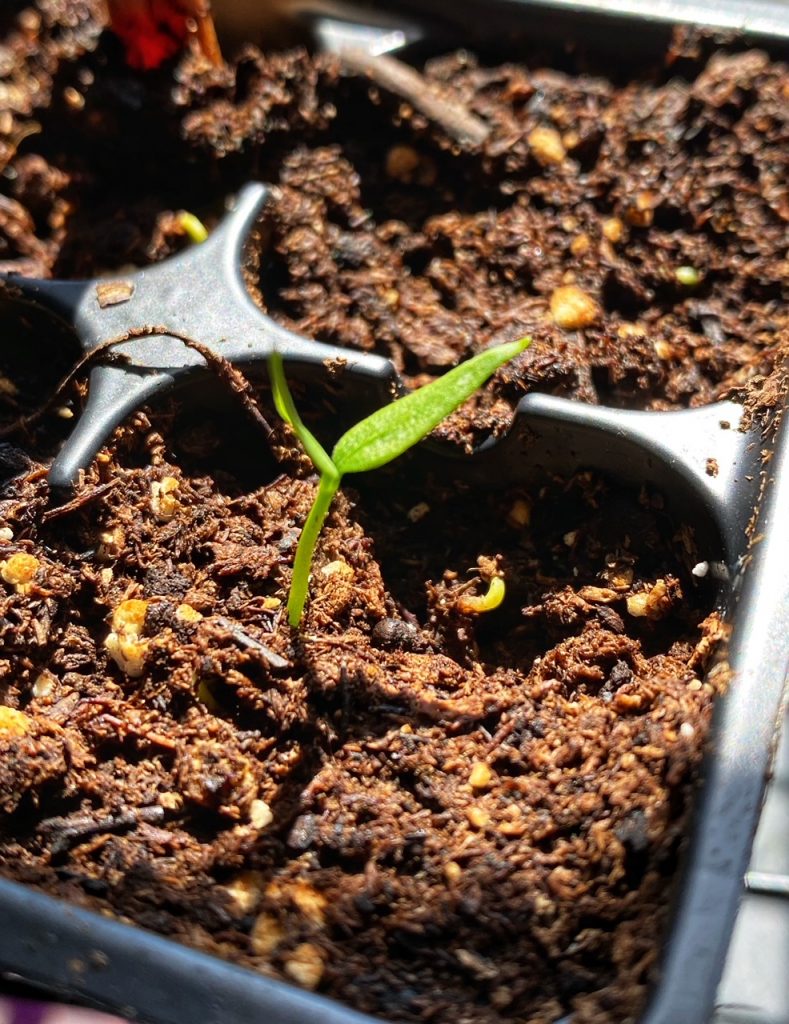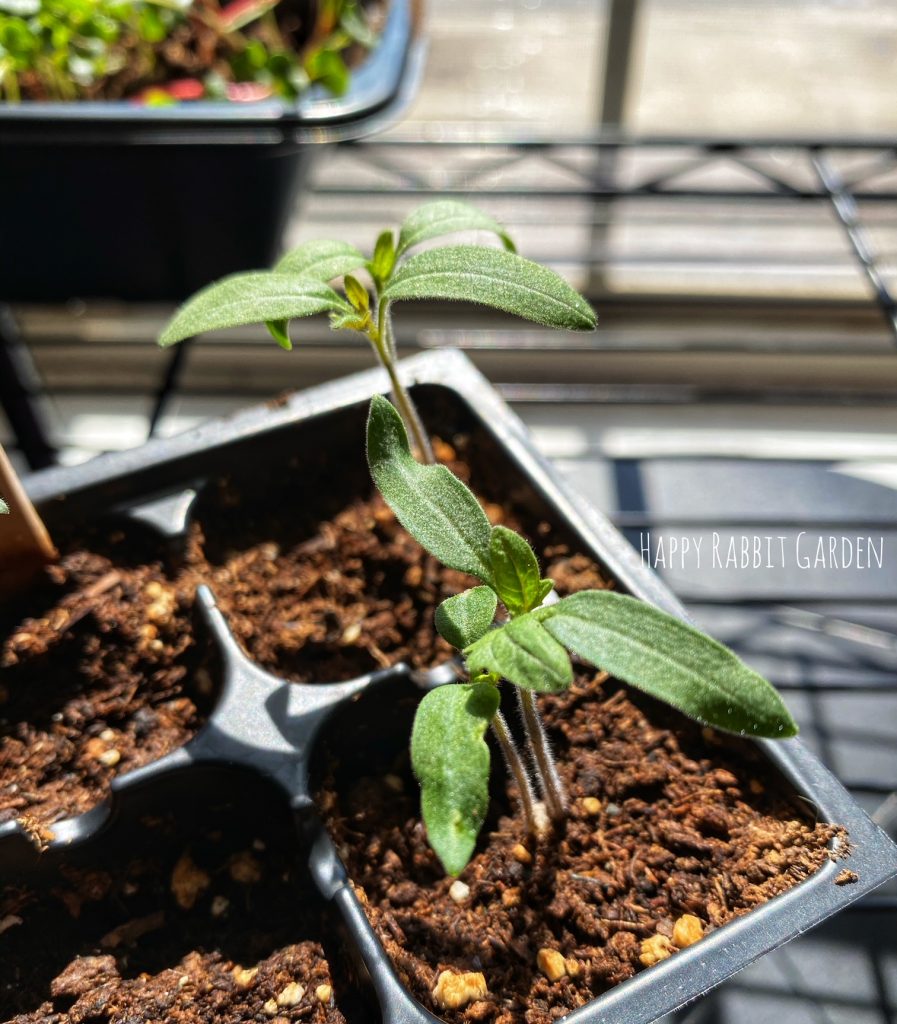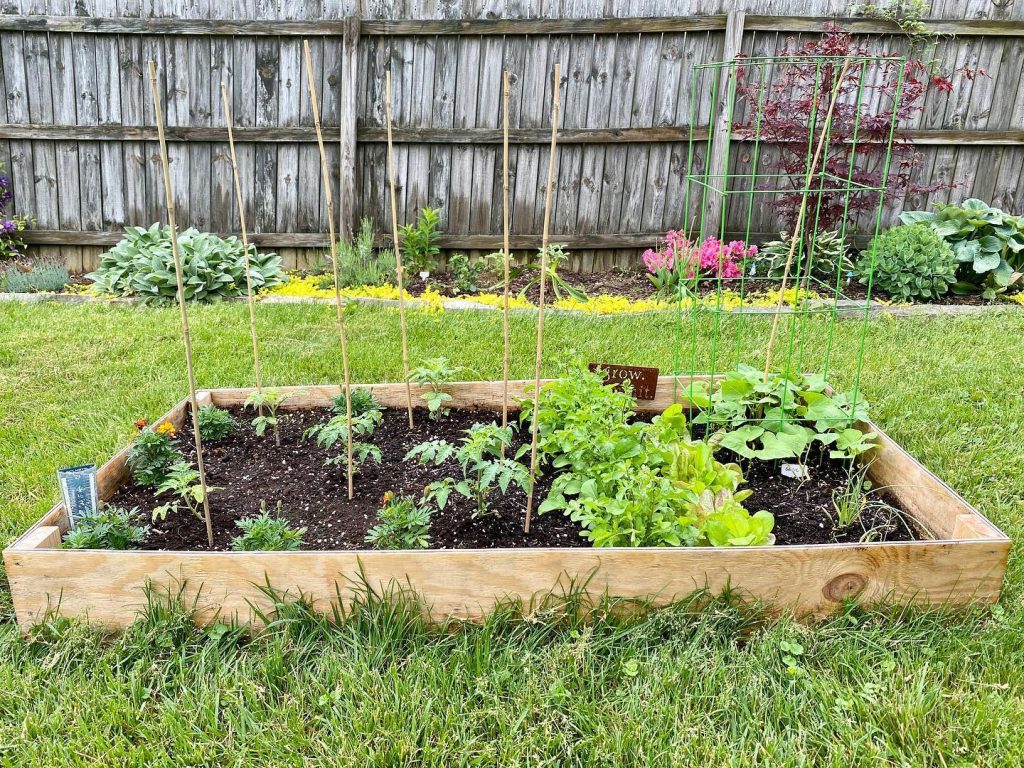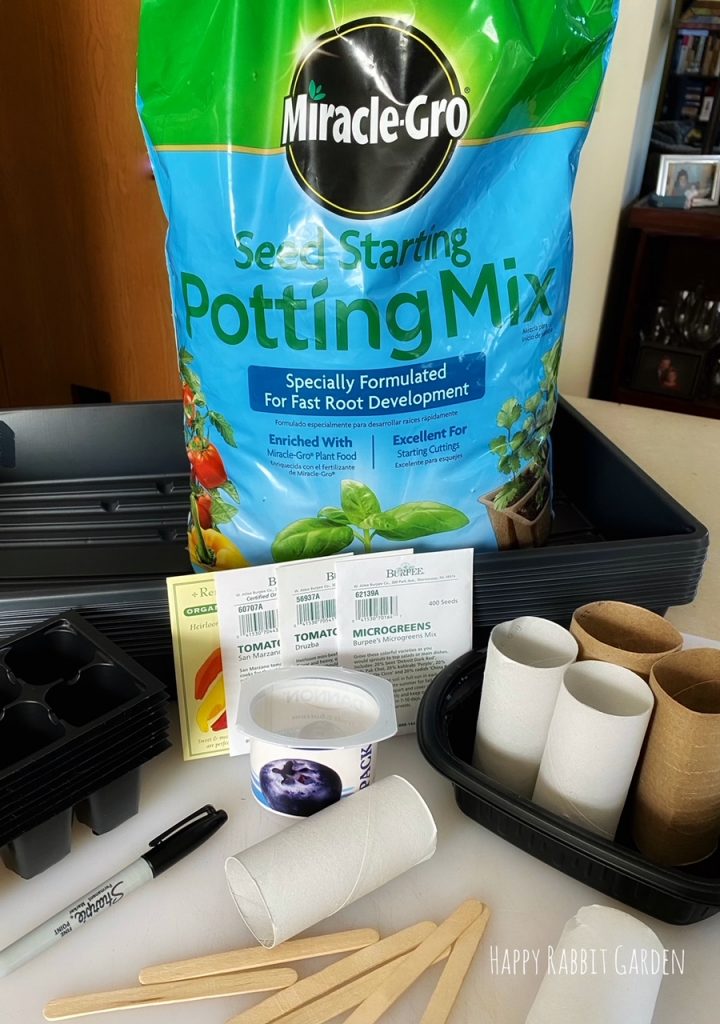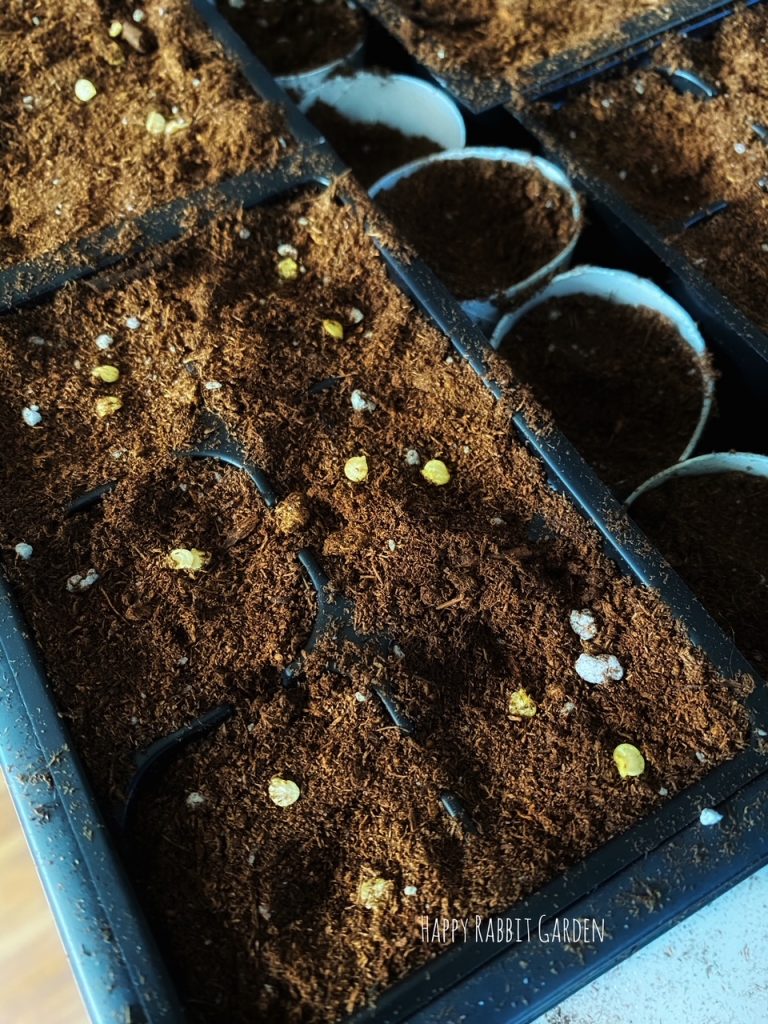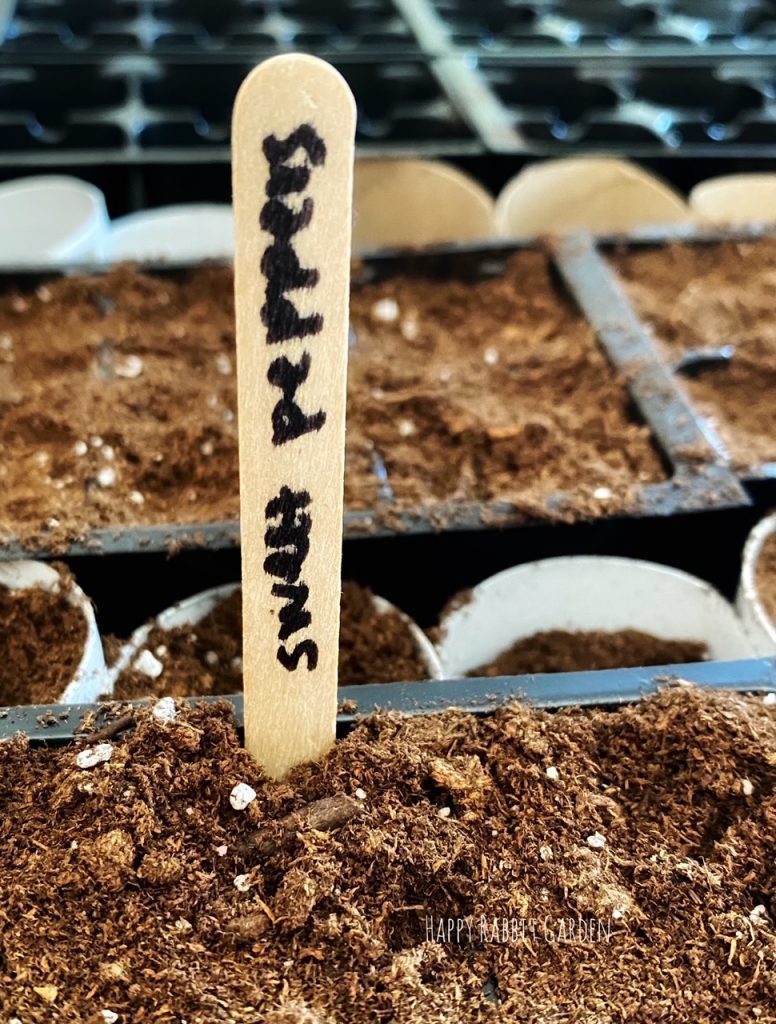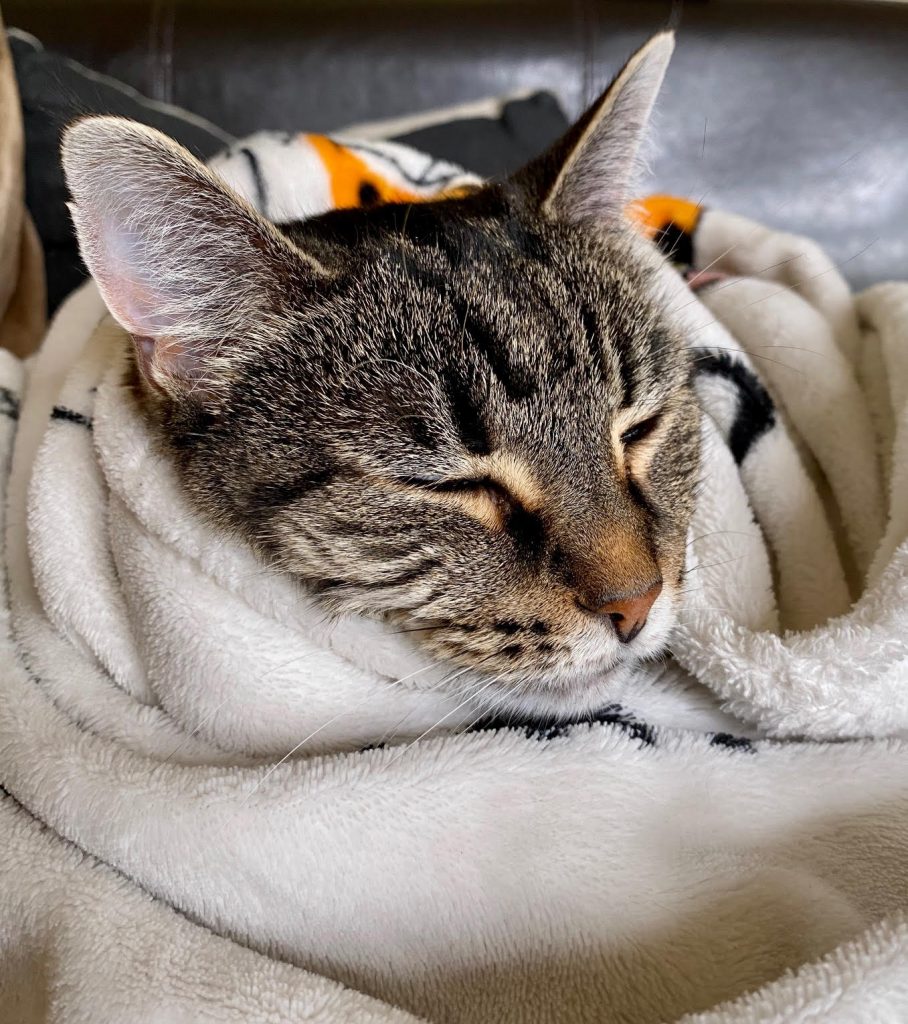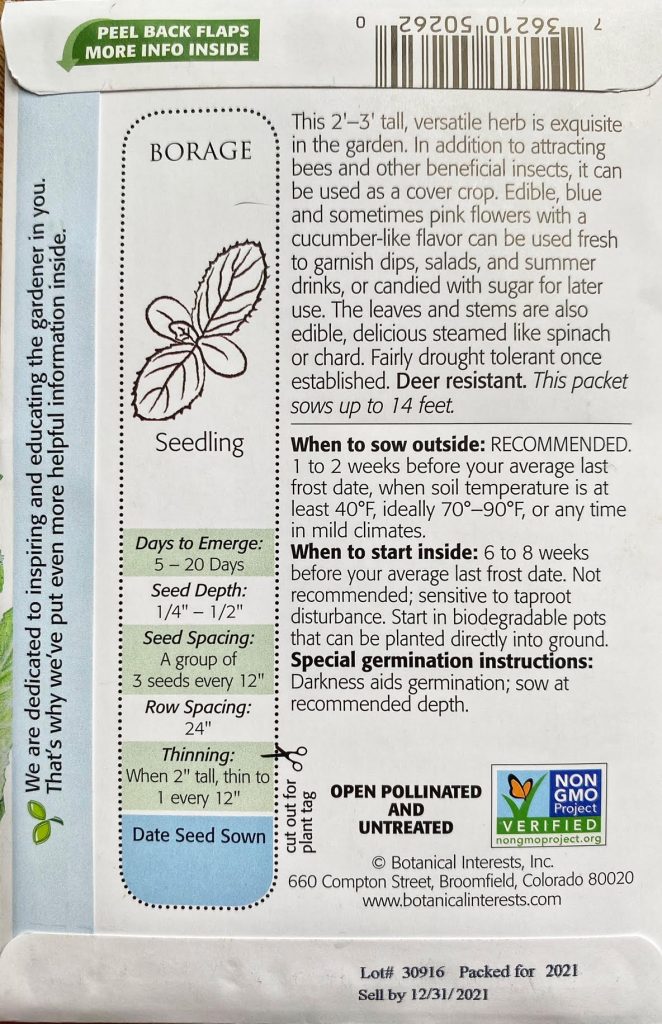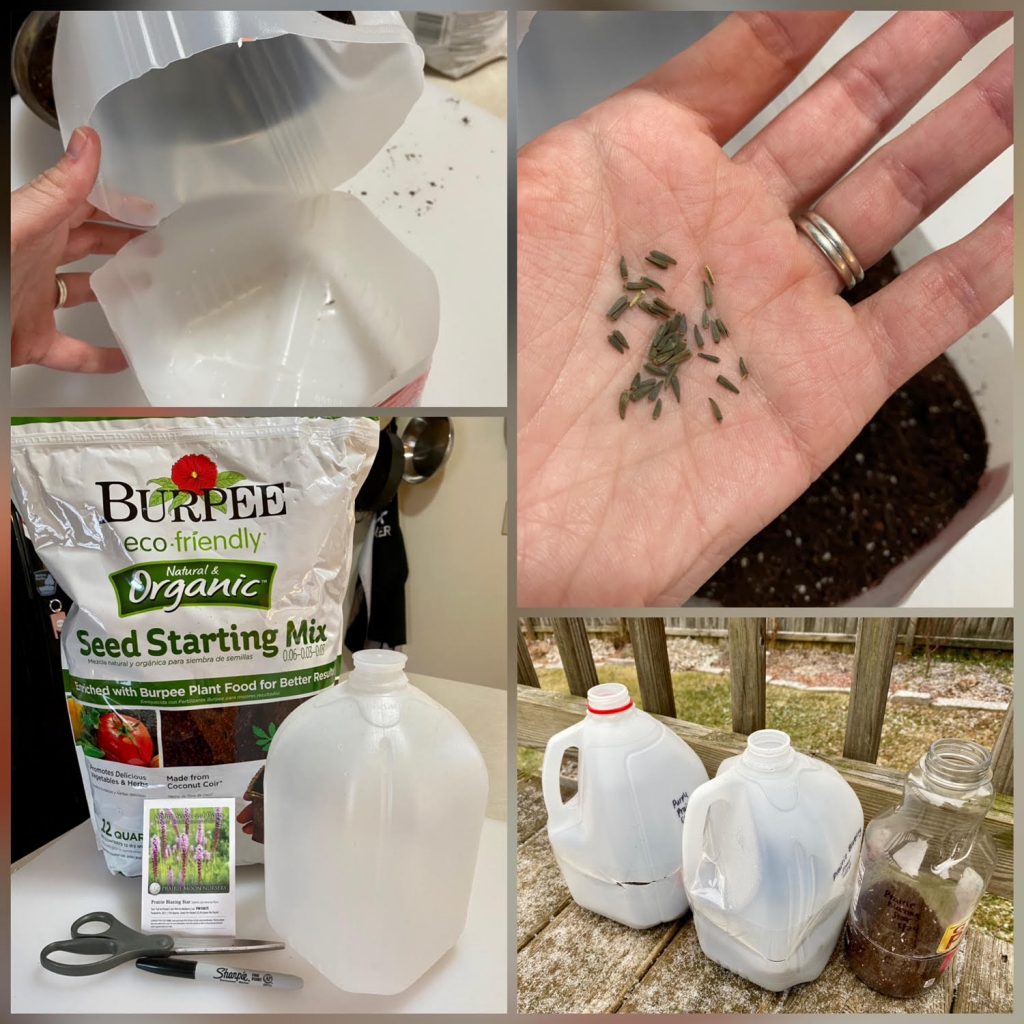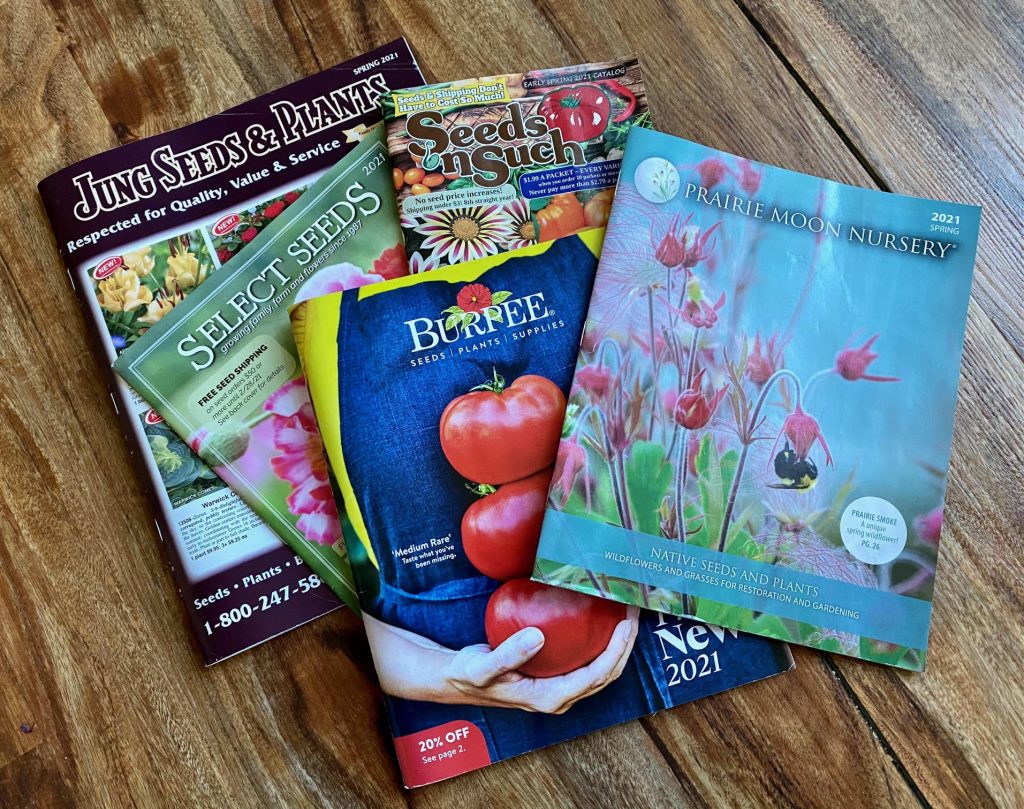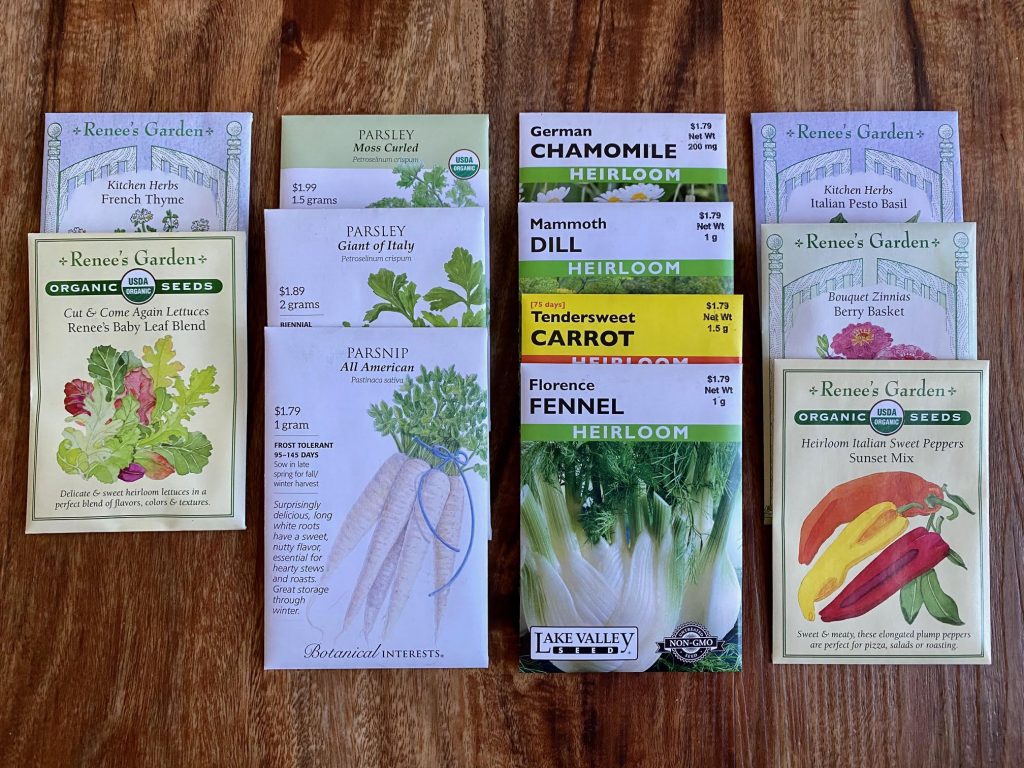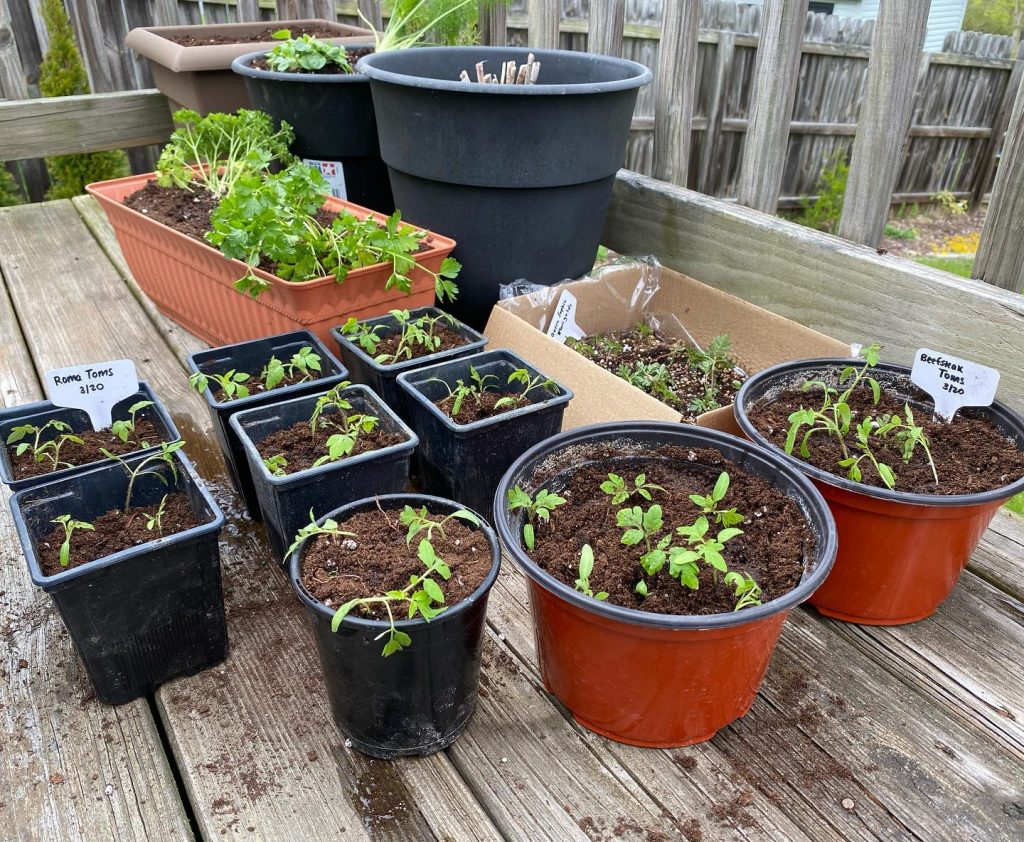It’s barely been spring for a week here in Ohio, but it feels like the season is really in full swing. We’ve been having 70 degree days, followed by 40 degree days, and wild wind storms. I’ve lost track of the number of times I’ve chased down the grill cover and reattached it (which reminds me, where the heck are the bungee cords that I ordered?!) and it seems like every night, I’m awoken to the dulcet tones of something on the deck banging into the railing in an attempt to scoot away. The pots of tulips and strawberries are now permanently relegated to the corner behind the cold frame. It doesn’t make for good viewing, but at least I’m not wading out onto the deck each morning in my bathrobe to repot them. You’re welcome, neighbors.
Aside from our traditionally unpredictable spring weather, I’ve been doing a bit of weeding in the flower beds. I’m waiting to trim back all the perennials for another week or two, in case any flower stalks are housing wildlife like solitary bees. Once it’s consistently above about 55 degrees F during the daytime, they will have flown the coop and it will be safe to tackle the garden clean up.

This past weekend, we had two cubic yards of leaf compost delivered. Someone ordered about twice as much as she needed, so in addition to filling the raised beds, a few of the flower beds around the yard were topped off. I’m sure that will make the plants very happy. I know I’m certainly happy that I won’t have to mulch those beds, since the leaf compost will serve the same purpose as mulch would have. In fact, it will do a far better job and add plenty of good nutrients into the soil.
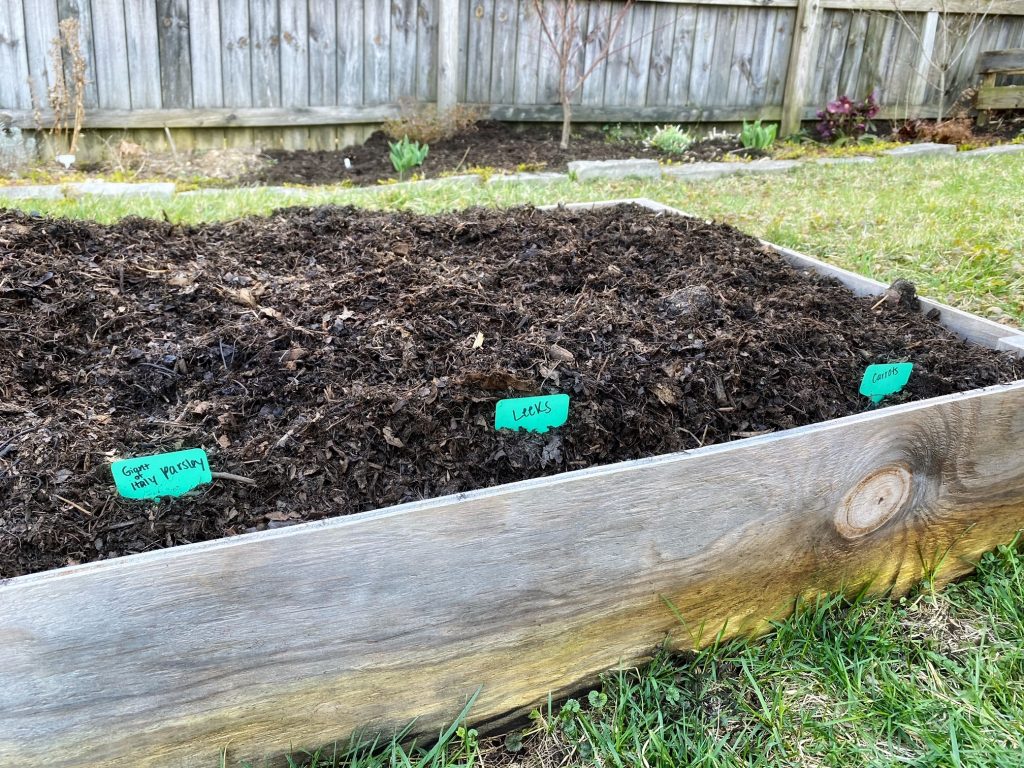
The raised beds are currently exploding with compost… hopefully the veggies will enjoy it!
I spent some time in the afternoon Saturday sowing some seeds in the freshly-made beds: carrots, leeks, and parsley. Not much else can get started outside quite yet, but these cool season crops will grow nicely even with the frosts we’ll have for another month or so. I’ve never grown carrots or leeks, so I’m excited to see how things turn out.
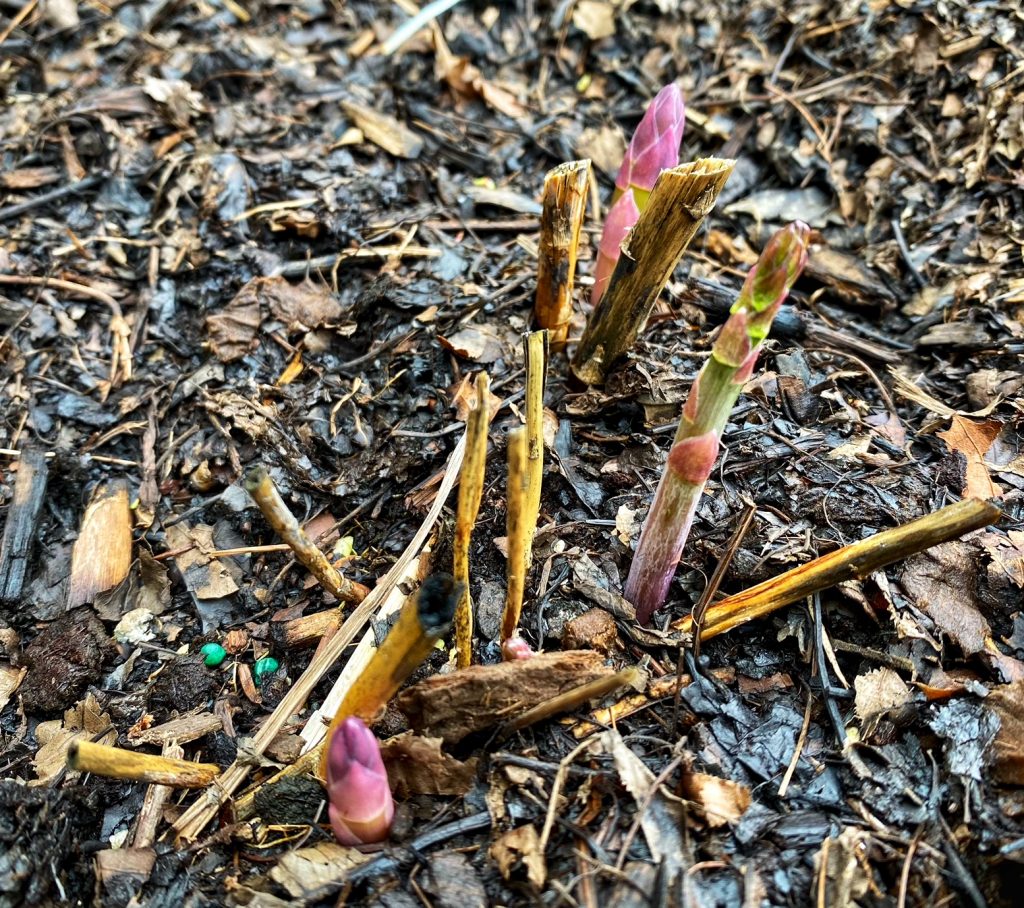
Jersey Giant Asparagus
Another crop that loves the cold, asparagus, is already popping up in our first raised bed. We planted a few rows of it three years ago. Asparagus is an exercise in patience, and requires a lot of space to grow. It doesn’t like being crowded, and pitches a fit if you try to move it around. Also, it takes about three years to be established, so it’s not a great crop for everyone’s garden. But, we are Asparagus People. Sprinkle a little olive oil and salt on those spears, and pop them on the charcoal grill for a good time. Anyway, our asparagus is starting to emerge and I cannot wait for the first harvest!
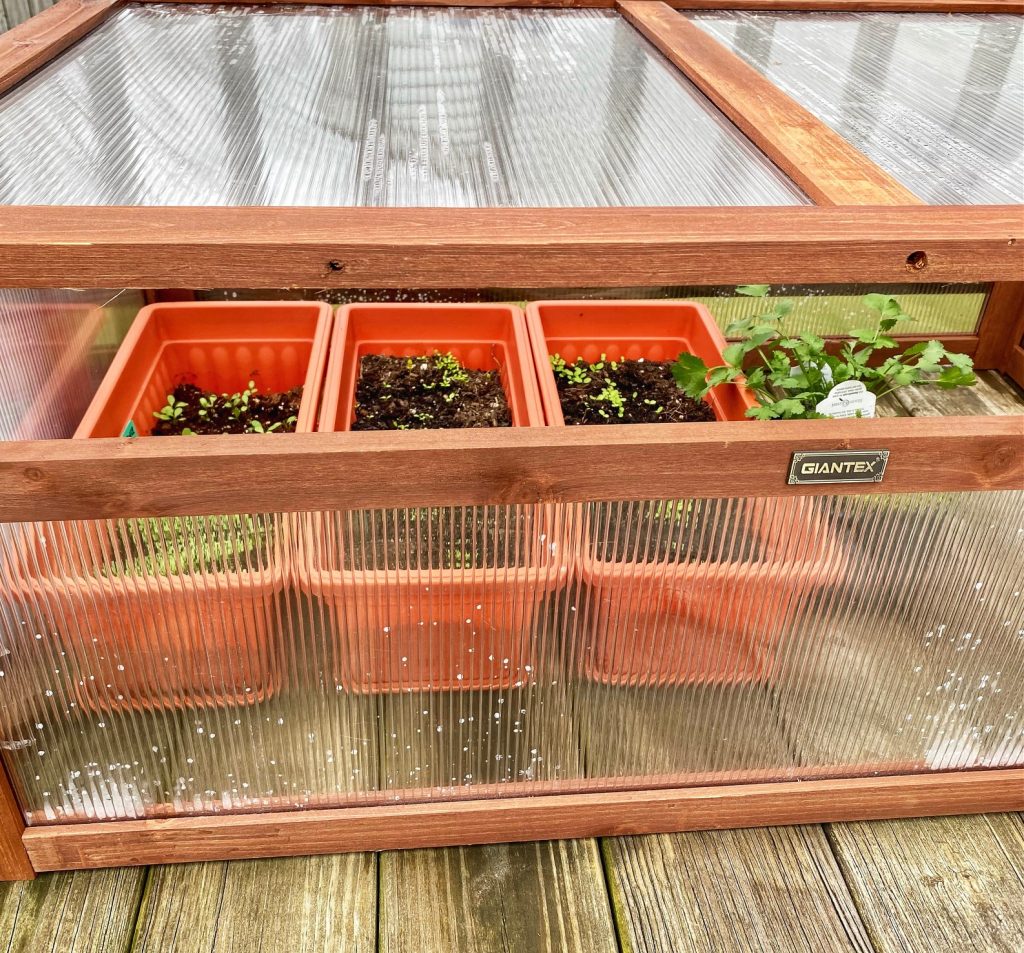
The lettuce is loving Cold Frame Life
The bibb and baby lettuces and the sorrel I started in the cold frame are also cruising along. We should be able to enjoy some fresh salads here in a few more weeks.
Indoors, the seedlings are coming along. The passion flowers seeds I started last week haven’t germinated quite yet, but the oregano and borage are sprouting, the basil had to be transplanted it grew so happily, and the italian sweet peppers and the druzba and san marzano tomatoes are coming along very nicely. The druzba’s sprouted a bit before the san marzano’s, and many of the plants are already over 6″ tall. It’s entirely possible that I’ll have waist-high tomatoes by the time I can plop them into the garden after the last frost date.

The basil already smells incredible!
I’m excited to see all the changes in the garden over the next few weeks. It seems like things look so different from day to day at this time of year. It always feels like stumbling onto treasure when you spot something new sprouting.
Wishing you a fantastic week, with lots of sunshine. Happy gardening!

